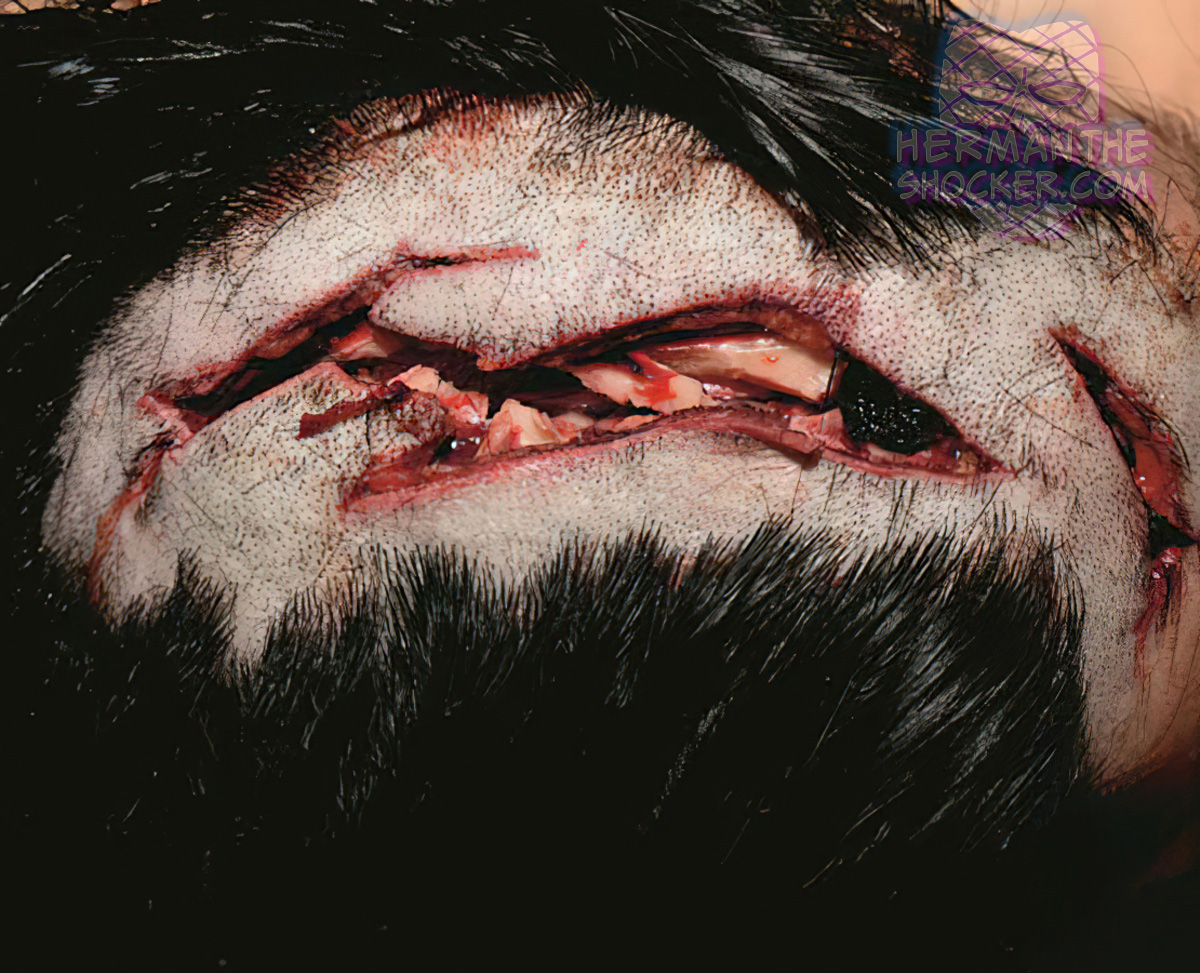Chop wounds of the scalp and skull from a hatchet. Chop injury represents a unique category of sharp force trauma, although, in reality, its characteristic features often have both blunt and sharp qualities; more accurately, then, chop injuries should be viewed at the intersection of both. Chop injuries are as unmistakable as they are fatal, their dramatic appearance demonstrative of their devastating effects. These injuries are typically caused by heavy/dense, unwieldy weapons with a sharp cutting surface that are expressly used to cause serious physical injury and/or death. Examples of such weapons include axes, meat cleavers, machetes, and hatchets, among others. A typical chop wound is large and gaping, with a broad and deep exposure of the soft tissues and sometimes bone, occasionally with avulsion of muscle.
Latest posts








